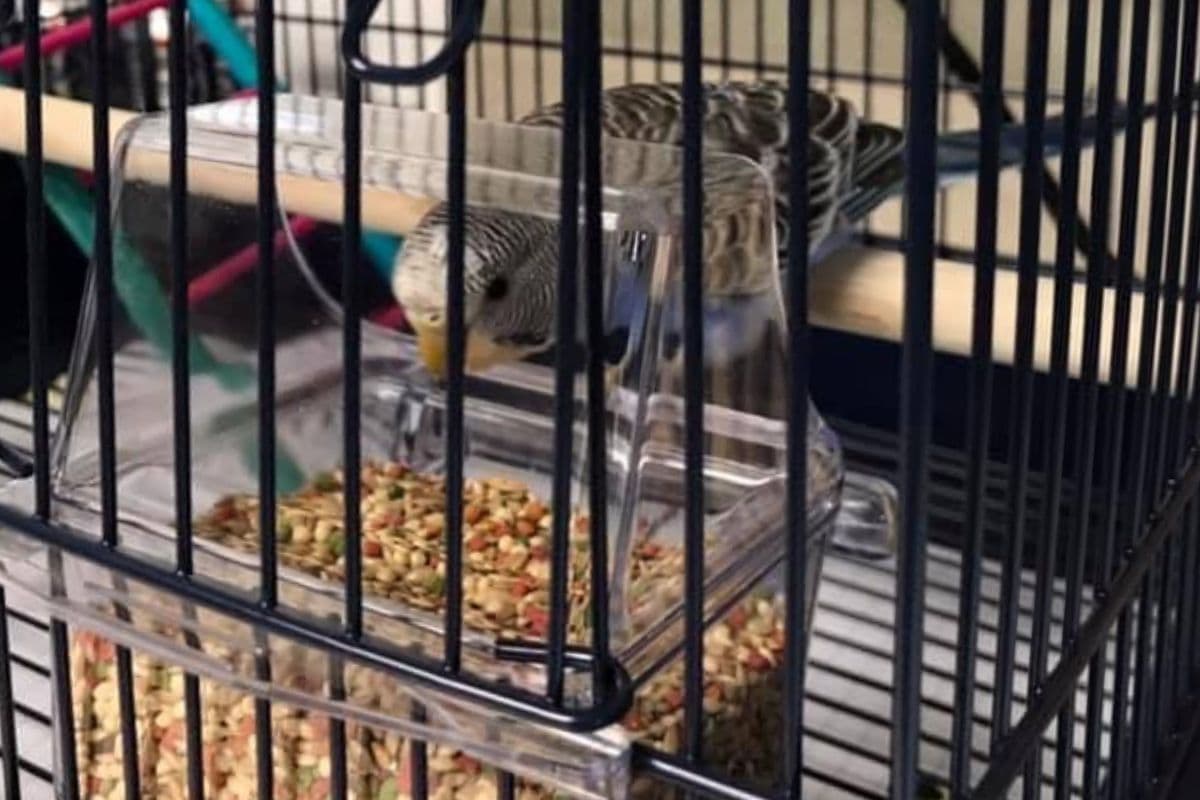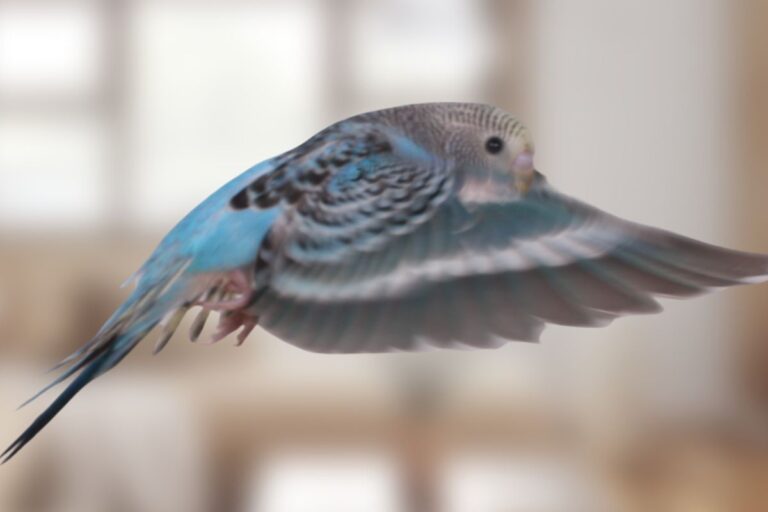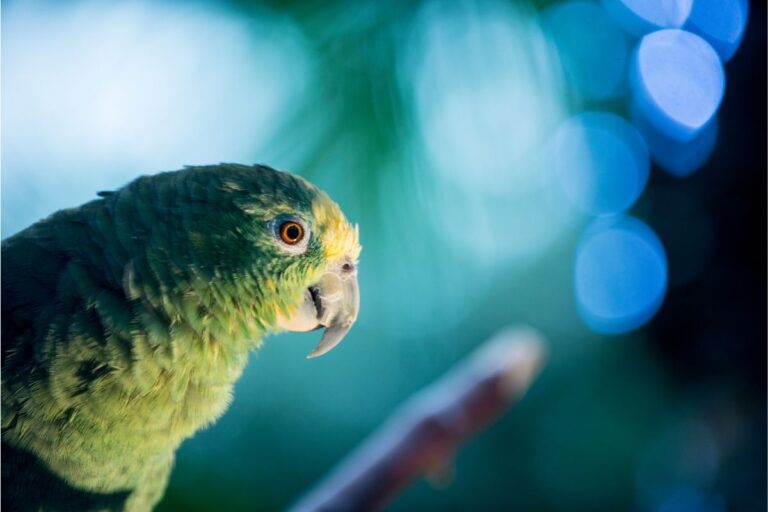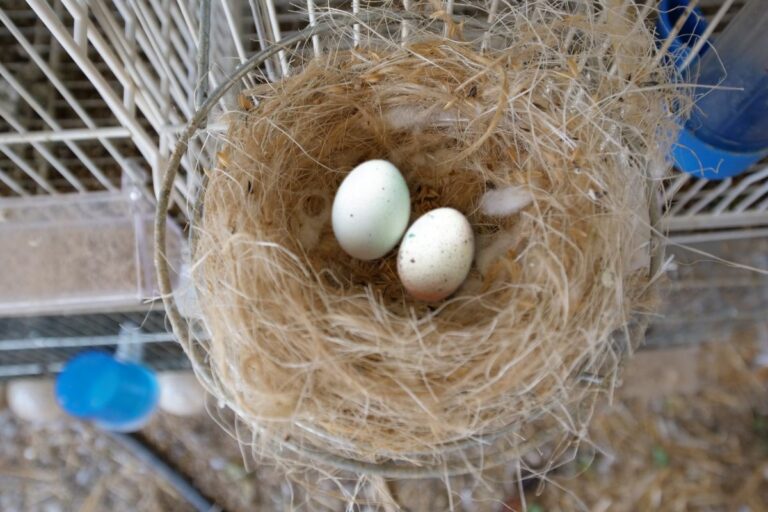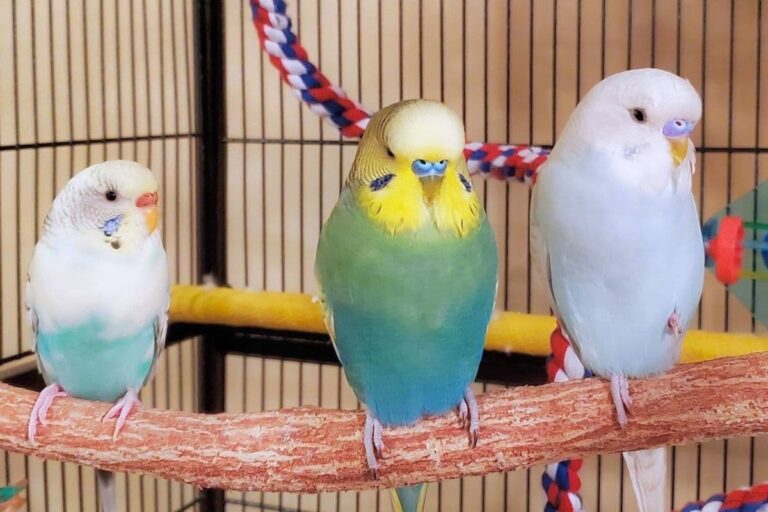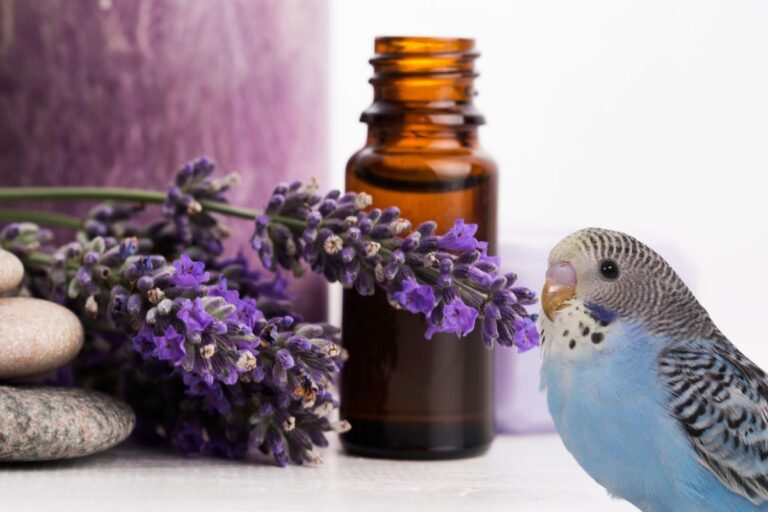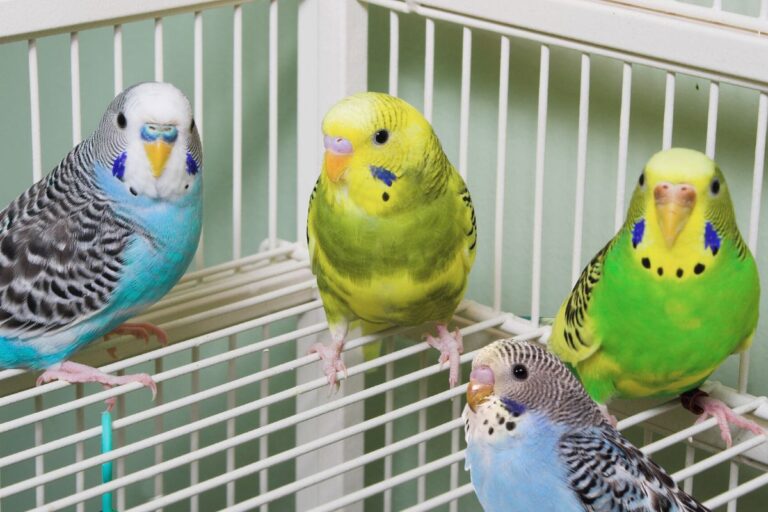How Often Do I Need to Feed My Parakeet
Disclosure: The opinions expressed in this post are my own. This post may also contain affiliate links, which means that I will receive a commission if you decide to purchase through my links, at no additional cost to you. As an Amazon Associate, I earn from qualifying purchases.
Parakeets are delightful pets that bring joy and companionship to their owners. However, owning a parakeet comes with a set of responsibilities, including feeding them the right diet. Feeding your parakeet is not just about providing them with food; it’s about ensuring they have a healthy and balanced diet to keep them happy and active.
If you’re a new parakeet owner, you may wonder how often you need to feed your feathered friend. Many factors can influence how often you need to feed your parakeet, including their age, activity level, and overall health. In this article, we’ll explore the different factors that determine how often you need to feed your parakeet and provide you with some tips for creating a healthy feeding schedule.
How Often to Feed My Parakeet?
Depending on the age, amongst other factors, you’ll be feeding your parakeet at different frequencies. Let’s take a look at this simplified table, then delve into the details shortly after.
| Parakeet Age | Feeding Frequency | How to Feed |
| Adult / Weaned (8 to 10 weeks and up) | Once or twice a day. | In bowls or on the ground. |
| Young (3 to 8 – 10 weeks) | Once every 4 hours until bedtime. | Hand-feed. Start to put in bowls or on the ground at the 5 week mark. |
| Baby (0 to 3 weeks) | Once every 2 to 3 hours until bedtime. | Hand-feed. |
Adult Parakeet
For an adult parakeet, the general rule of thumb is to offer fresh food and water once or twice a day, and to provide nutritious food and a balanced diet that includes a mix of seeds, fruits, vegetables, and pellets. However, the frequency of feeding can vary depending on the age, activity level, and health of your parakeet.
Young Parakeets
Younger birds may need to be fed more frequently, and older birds may need a lower calorie diet to maintain a healthy weight. If your parakeet has not weaned, you’ll be feeding them at much frequent intervals at a lesser quantity.
It’s also important to observe your parakeet’s eating habits to determine how often they need to be fed. Some parakeets may prefer to graze throughout the day, while others may prefer two or three larger meals.
If you’re unsure about how often to feed your parakeet, consult with a veterinarian or an experienced bird owner for advice. They can help you create a feeding schedule that works best for your parakeet’s individual needs.
Baby Parakeets
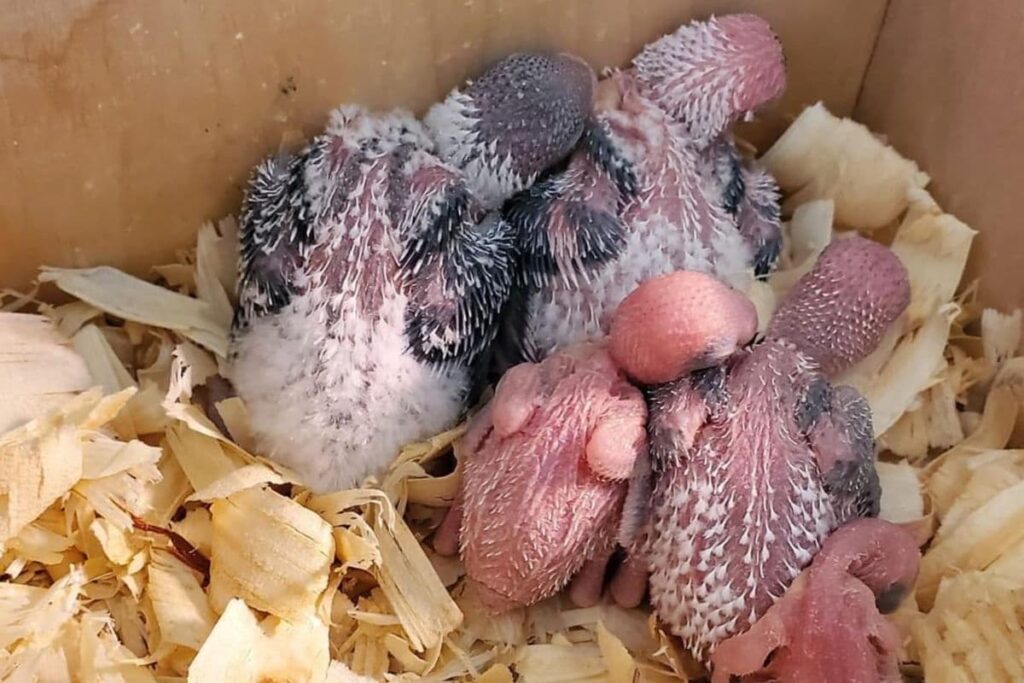
Baby parakeets are in a very crucial stage of their development and require more frequent feedings. Typically, parents will be feeding their hatchlings until they are around 3 weeks old. However, if their parents are not around to do this, then you’ll have to hand feed them with a syringe. Baby parakeets should be fed every 2-3 hours, or whenever their crops are empty, until they are fully weaned.
Should I Hand-Feed My Baby Parakeet If There is a Parent?
While it may seem tempting to take on the role of caregiver, it’s important to understand that the parent birds are equipped to provide the necessary nutrition and care for their young. Therefore, hand-feeding a baby parakeet should only be done as a last resort, such as if the parent bird is no longer able to care for the baby or if the baby is abandoned.
The parent parakeet is the best source of nutrition for the baby. They will provide the baby with all the necessary nutrients and teach them important social and behavioral skills. Hand-feeding a baby parakeet can actually hinder their development and cause them to become too dependent on humans.
How Much Food to Give My Parakeet?
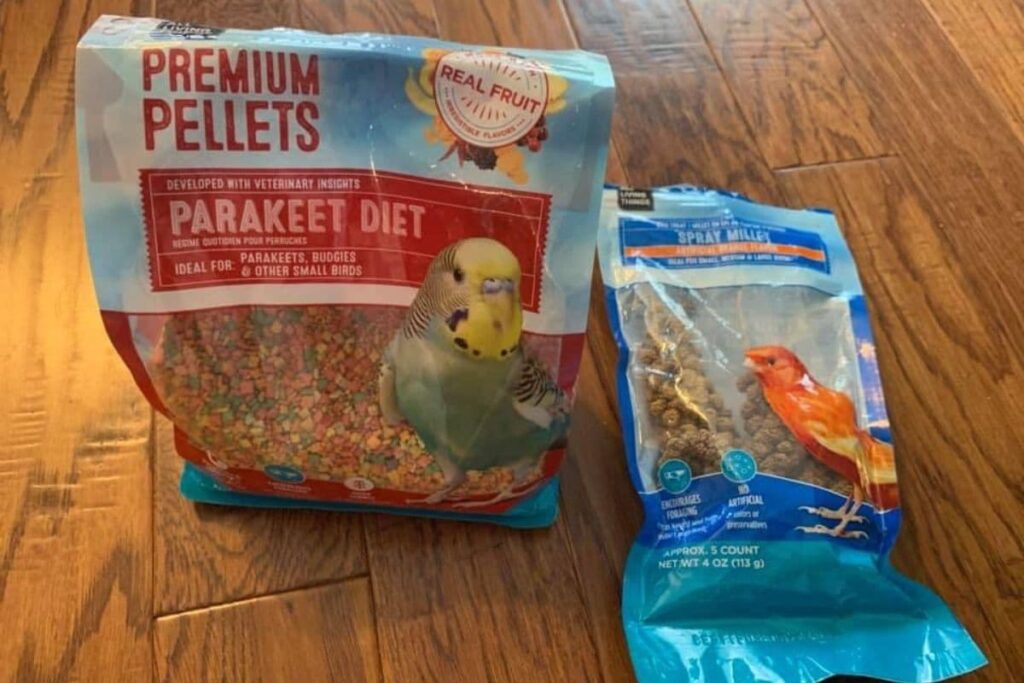
As a general rule, it’s best to offer about 1-2 teaspoons of food per day, along with fresh water. You can adjust the amount based on the size of your parakeet—1 teaspoon for smaller sized birds, and 2 teaspoons for the larger ones.
You can also offer your parakeet a variety of foods to keep them interested and engaged. Try offering different types of fruits and vegetables, or switching up their pellets to keep things interesting.
However, it’s important to monitor their food intake and adjust accordingly based on their activity level and weight. Additionally, make sure to provide a variety of foods including seeds, pellets, fruits, and vegetables to ensure a balanced diet.
Parakeet Feeding Times
Parakeets are active birds that require a consistent feeding schedule. As a general rule, parakeets should be fed once or twice a day, in the morning and/or in the evening. This schedule will help keep your bird healthy, happy, and well-nourished.
When it comes to the specific times of day to feed your parakeet, there’s no right or wrong, but it’s best to stick to a routine. For example, you might feed your parakeet at 8:00 am and 6:00 pm every day. By following a consistent schedule, your parakeet will learn when to expect food and will be less likely to become agitated or anxious.
Can I Use a Bird Feeder for My Pet Parakeets?
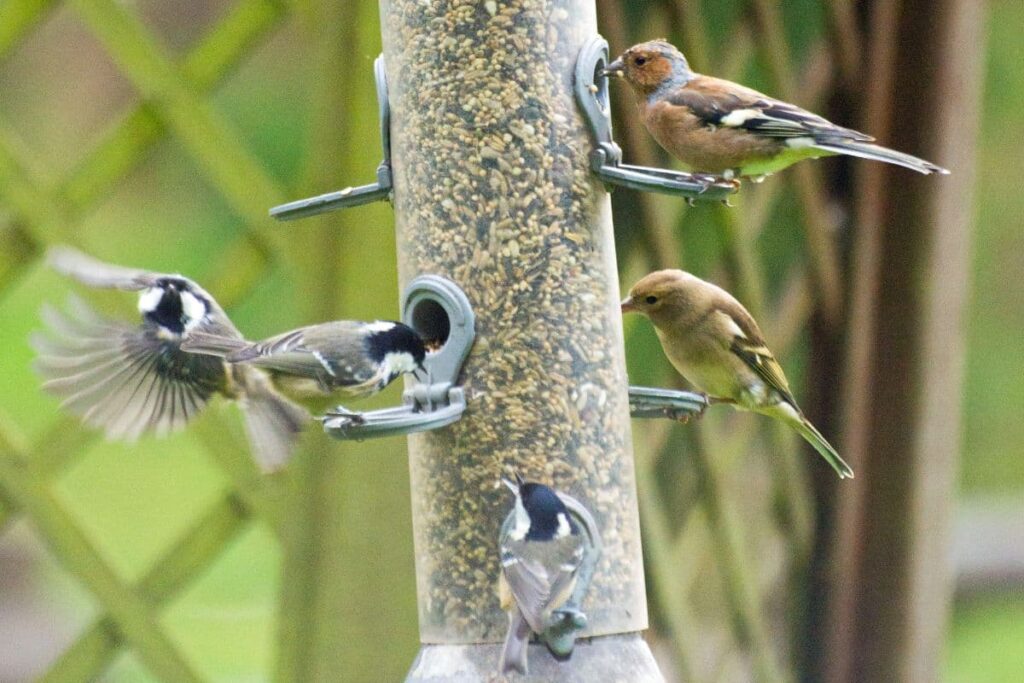
No, you should not use a bird feeder to feed your pet birds. While bird feeders are commonly used for wild birds, they are not appropriate for domesticated parakeets.
Bird feeders can make it difficult to monitor your parakeet’s food intake. It’s important to keep track of how much your bird is eating to ensure they’re getting the right amount of nutrients. With a feeder, it can be difficult to know how much your bird is consuming.
Also, parakeets have specific dietary needs that require a balanced and varied diet, which cannot be met by simply filling a bird feeder with birdseed.
Instead, you should provide your parakeets with the correct amount of high-quality pellet or seed mix that is specifically formulated for their nutritional needs. You can also supplement their diet with fresh fruits and vegetables, as well as occasional treats like millet sprays.
It’s important to monitor your parakeets’ eating habits and adjust their diet accordingly. You should also make sure that they have access to fresh water at all times. By providing your parakeets with a balanced and nutritious diet, you can help ensure their health and happiness.
How to Tell When Parakeet is Hungry
Understanding your parakeet’s eating habits and knowing when they’re hungry are important to ensure the wellbeing of your parakeet. Here are some signs that your parakeet might be hungry.
1. Vocalizations
Parakeets are known for their chirping and tweeting, but when they’re hungry, they may become more vocal and persistent in their calls for food.
2. Activity Level
A hungry parakeet may become more active and restless, moving around their cage more frequently.
3. Body Language / Begging for Food
A hungry parakeet may start to bob their head up and down, chirp loudly or flap their wings more frequently. They may also become more agitated or irritable.
4. Change in Eating Habits
If you notice that your parakeet is eating their food more quickly than usual, or if they’re picking at the bottom of their food dish, they may be hungry and looking for more food.
How to Tell When Parakeet is Full
It’s important to know when your parakeet is full to avoid overfeeding, which can lead to obesity and other health problems. But how can you tell when your feathered friend has had enough to eat?
1. Slowing Down or Stop Actively Seeking Out Food
One clue is to watch for when your parakeet slows down or stops eating altogether. This is a sign that they’re feeling full and satisfied.
2. Their Crop is Bulging
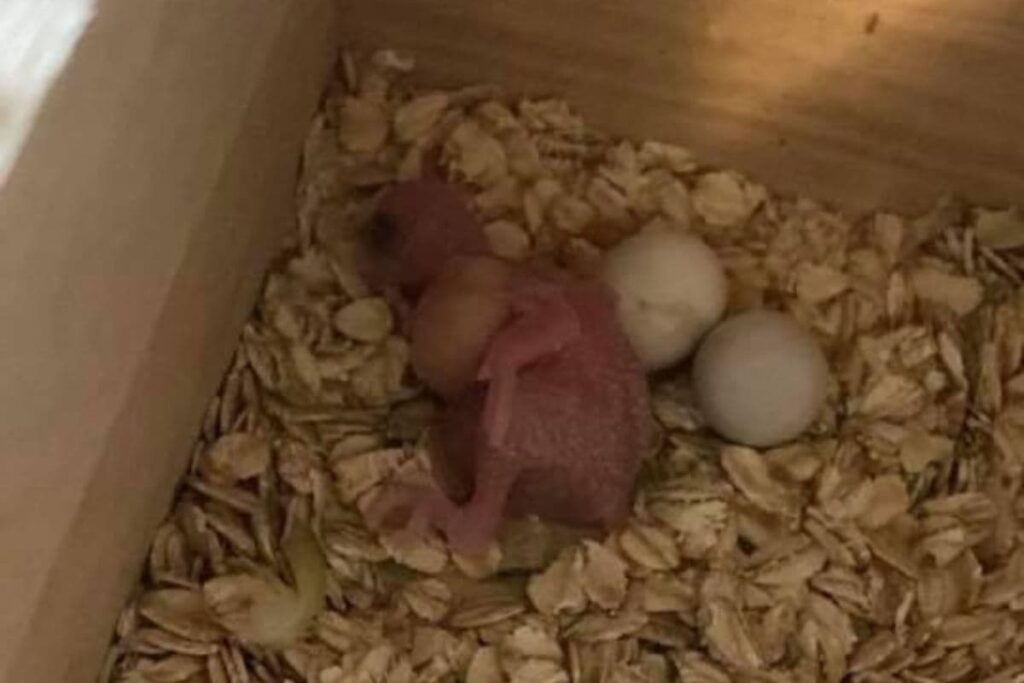
One of the easiest ways to tell if your parakeet is full is by checking their crop. The crop is a small sac located in the bird’s neck that stores food before it is digested. When the bird eats, the food passes through the crop and into the stomach. As the bird digests the food, the crop empties and becomes less visible.
To check your parakeet’s crop, gently feel their neck area. If the crop is full, you should be able to feel a bulge. The bulge will be more prominent after the bird has eaten a large meal.
3. They May Start to Preen Themselves
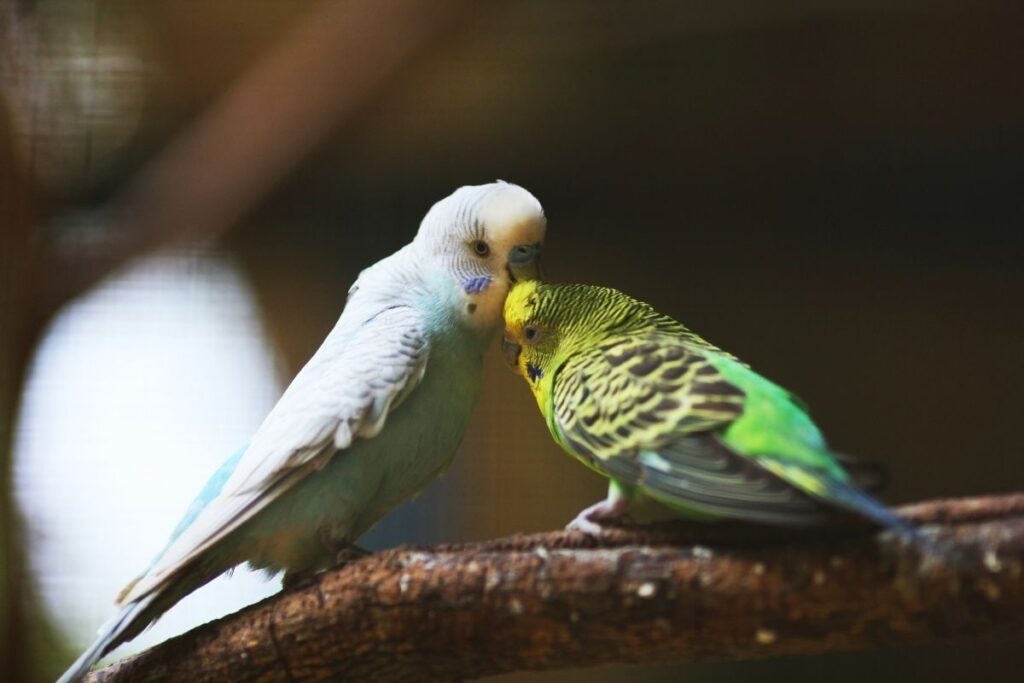
When a parakeet is full, they may start to preen themselves. This is because they are comfortable and content after a meal and are getting ready to settle down.
It’s important to note that not all parakeets will preen themselves after eating, so this shouldn’t be the only way you determine if your bird is full. You should also pay attention to how much food your parakeet is consuming and if they are showing any signs of hunger, such as constantly chirping or begging for food.
4. Moving Away from the Food Bowl
Another way to tell when your parakeet is full is by observing their behavior around the food bowl. When they are done eating, they will typically move away from the bowl and start preening themselves or playing with their toys.
5. Being More Alert & Active
A parakeet that is full and satisfied will be more alert and active. They will be more interested in their surroundings, and they may even engage in playful activities.
6. Flapping Their Wings & Stretching Out
If your parakeet flaps their wings and stretches out, it’s a good indication that they are satisfied and have had enough to eat.
This behavior is a natural response for parakeets after they consume a meal. They will flap their wings to release any excess energy and stretch out to help their body digest the food properly.
7. They Stop Chirping or Making Noise
When your parakeet is hungry, they will often chirp and make noise to let you know that they want food. However, when they are full, they will become quiet and stop making noise.
Final Words
Feeding your parakeet is an essential aspect of their overall health and well-being. Providing a balanced diet is crucial to ensure that they receive all the necessary nutrients they need to thrive.
As a responsible pet owner, it’s important to monitor your parakeet’s eating habits and adjust their diet accordingly. Always consult with a veterinarian or avian expert if you have any concerns about your parakeet’s diet or health.
With proper care and attention, your parakeet will be happy and healthy for years to come.



